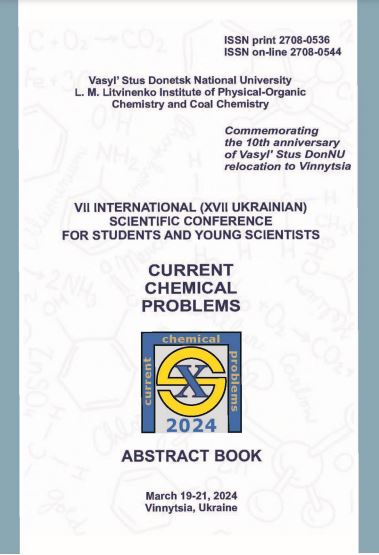Sustainable formulations from biomass: making lignin processing greener
Abstract
Lignin, a highly abundant biopolymer characterized by its elevated carbon content and substantial aromaticity, holds immense potential as a valuable resource for fuel production and the synthesis of platform chemicals. However, despite its promising attributes, lignin remains underutilized within the spectrum of lignocellulosic biopolymers. Lignin's innate versatility can be harnessed through various chemical modifications at both "upstream" and "downstream" stages following its extraction [1, 2]. The chemically modified lignin exhibits the potential to serve as a precursor for the development of nanomaterials tailored for drug delivery, contingent upon its source, chemical alterations, and physicochemical properties.
References
S. S. Wong, R. Shu, J. Zhang, H. Liu and N. Yan, Chem Soc Rev, 2020, 49, 5510–5560.
L. Cao, I. K. M. Yu, Y. Liu, X. Ruan, D. C. W. Tsang, A. J. Hunt, Y. S. Ok, H. Song and S. Zhang, Bioresour Technol, 2018, 269, 465–475.
M. K. Mohan, O. Silenko, I. Krasnou, O. Volobujeva, M. Kulp, M. Ošeka, T. Lukk and Y. Karpichev, ChemSusChem, 2024, 17, e202301588.
M. K. Mohan, H. Kaur, E. Duvanova, M. Rosenberg, M. Dahlem, A. Ivask, J.- M. Raimundo, T. Lukk and Y. Karpichev, Proceedings 2023, 92(1), 58.

